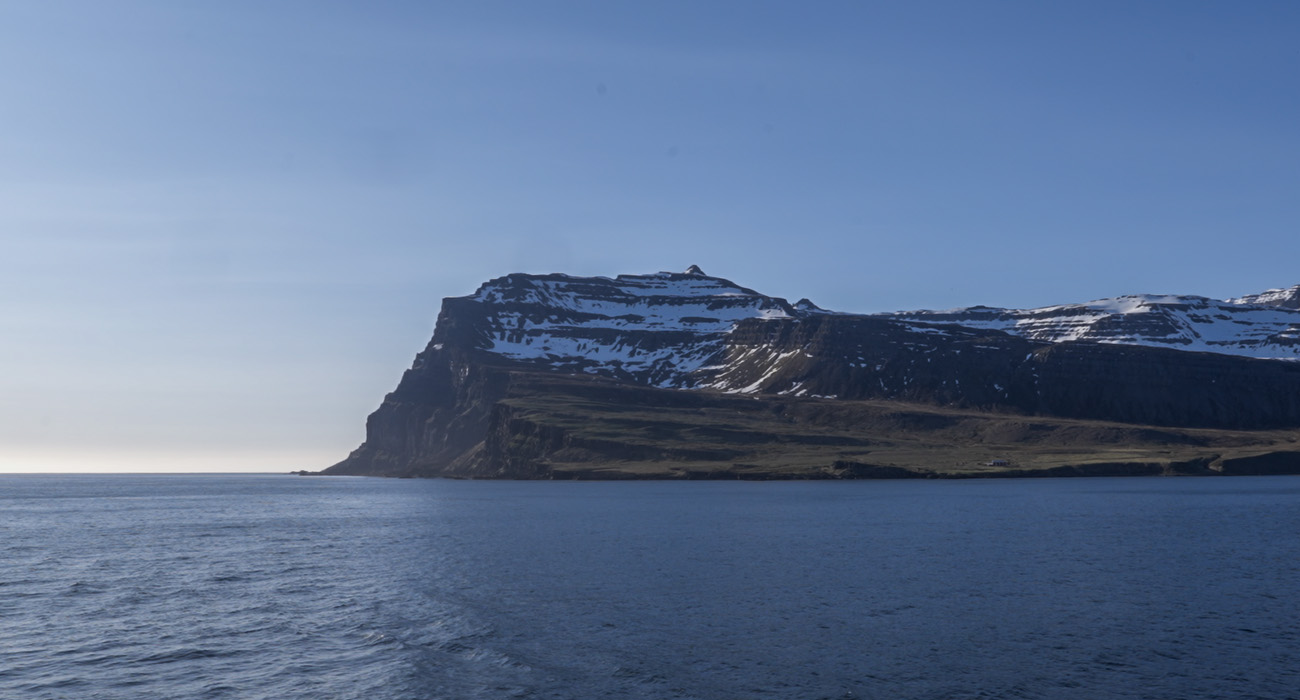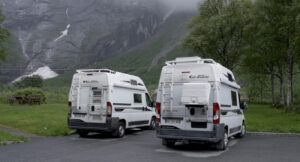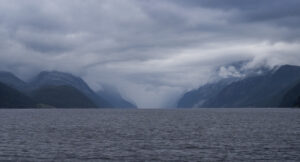How to Plan a Photography-Focused Trip: Research, Timing, and Gear
Whether you’re a seasoned travel photographer or just beginning to explore the world through your lens, planning a photography-focused trip requires a bit more intention than your average getaway. From scouting the right locations to preparing the right equipment, a well-thought-out approach ensures that you return not only with beautiful memories, but with striking, story-rich images. Here’s how to plan your next photography adventure with precision and creativity.
1. Research: Know Before You Go
Great photography starts long before you click the shutter.
- Destination Selection: Choose places that align with your photography interests—be it landscapes, street life, wildlife, architecture, or cultural events. Instagram, photography forums, and travel blogs are great starting points for inspiration.
- Scout Locations: Use tools like Google Earth, Flickr, and 500px to preview spots. Look at geo-tagged images to identify vantage points and less obvious gems. Reading local blogs or reaching out to regional photographers can provide insider tips.
- Understand the Culture: Every place has its own rhythm and etiquette. Knowing how to respectfully photograph people and sacred places will not only earn you better images but also positive interactions.
- Permits and Access: Check if drones, tripods, or photography in general are restricted in certain areas. National parks, religious sites, and historical buildings often have specific rules.
2. Timing: Light is Everything
Lighting can make or break a photo.
- Golden Hours: Plan shoots around sunrise and sunset when the light is soft and golden. Use apps like PhotoPills or The Photographer’s Ephemeris to track the sun’s path at your destination.
- Seasonal Considerations: Seasons dramatically affect scenery. Think cherry blossoms in Japan, fall colors in New England, or the dry season in Africa for wildlife. Weather patterns also matter—clouds, fog, or even storms can add drama to your images.
- Local Events: Festivals, markets, and cultural rituals can provide vibrant, dynamic scenes. But keep in mind that these events also attract crowds, so arrive early and scout the area beforehand.
3. Gear: Pack Smart, Shoot Smarter
Choosing the right gear is a balance between preparation and portability.
- Camera Equipment: Bring versatile lenses—a wide-angle for landscapes, a fast prime for low-light or street shots, and a zoom for wildlife or distant subjects. If you’re traveling light, consider a mirrorless setup or a high-end compact camera.
- Accessories:
- Tripod: Essential for low-light or long-exposure shots.
- Filters: A polarizer for skies and water, or an ND filter for waterfalls and time-lapses.
- Extra Batteries & Memory Cards: Always carry more than you think you’ll need.
- Cleaning Kit: Dust, humidity, and salt spray can all take a toll on your gear.
- Backup and Storage: Bring a portable hard drive or back up your files to the cloud daily. Losing your photos to a corrupted card or theft is a heartbreak easily avoided.
- Travel Insurance: Ensure it covers your photography equipment—especially if you’re carrying expensive gear.
Final Tips
- Be Patient and Present: Some of the best photos come when you least expect them. Be open to spontaneity and ready to shoot at any moment.
- Interact with Locals: A smile and some basic local phrases go a long way in building trust and creating authentic portraits.
- Tell a Story: Go beyond snapshots. Think in terms of narratives—what is this place about, and how can your images convey that?
Conclusion
A photography-focused trip is as much about preparation as it is about perspective. With thoughtful research, strategic timing, and the right gear, you’ll set yourself up for a deeply rewarding creative journey. Whether you’re chasing light across a mountain ridge or capturing the quiet elegance of a city street, remember—the best camera is the one you have with you, and the best photo is often the one you take after waiting just a few moments longer.
Happy shooting!




